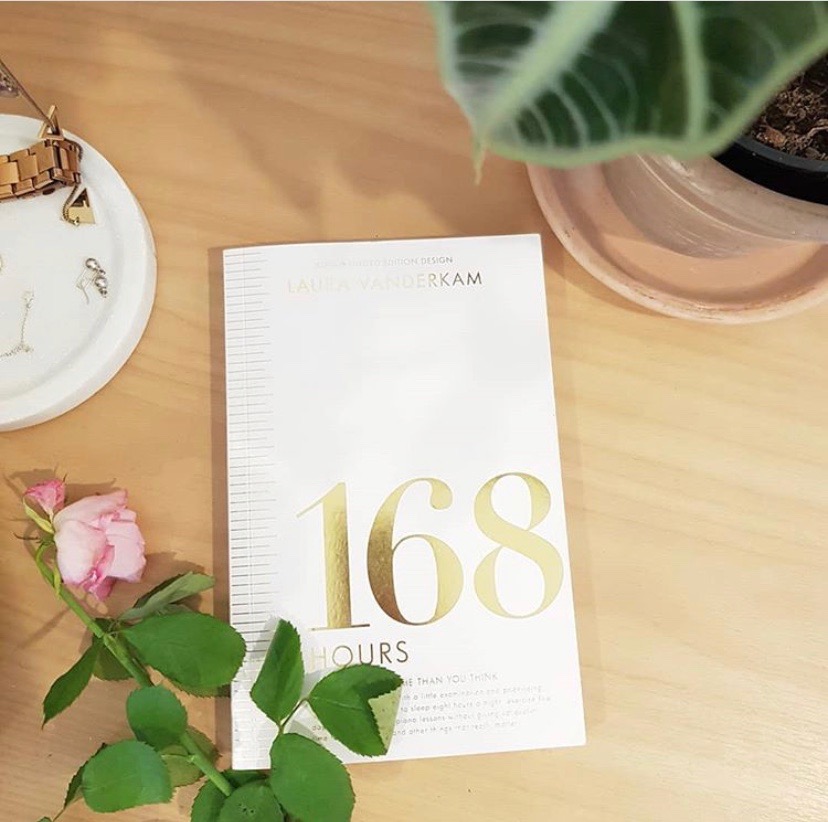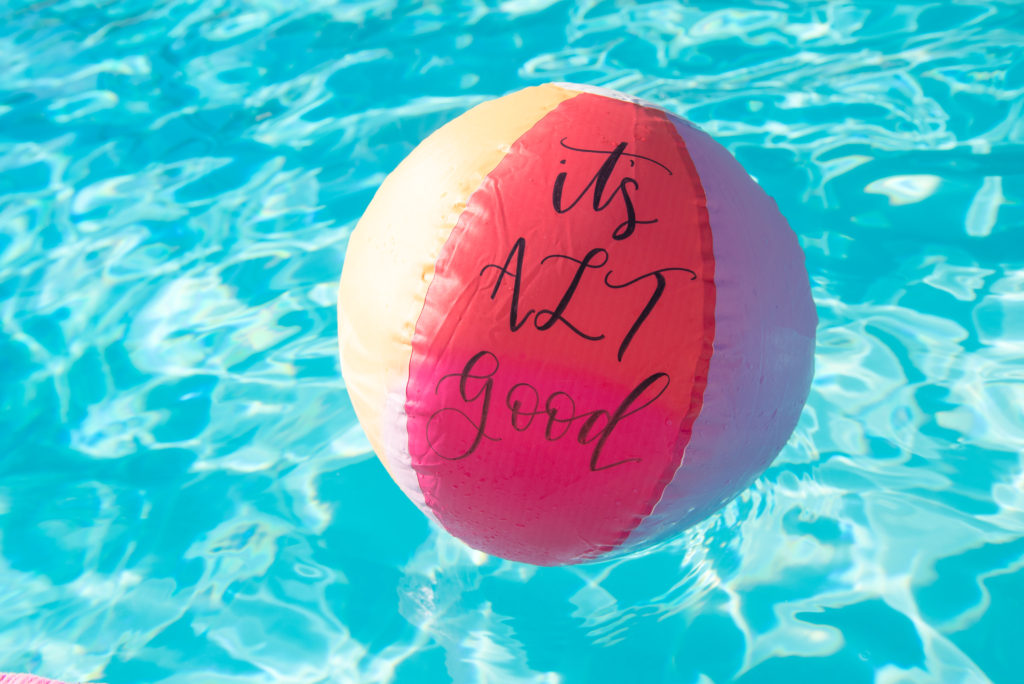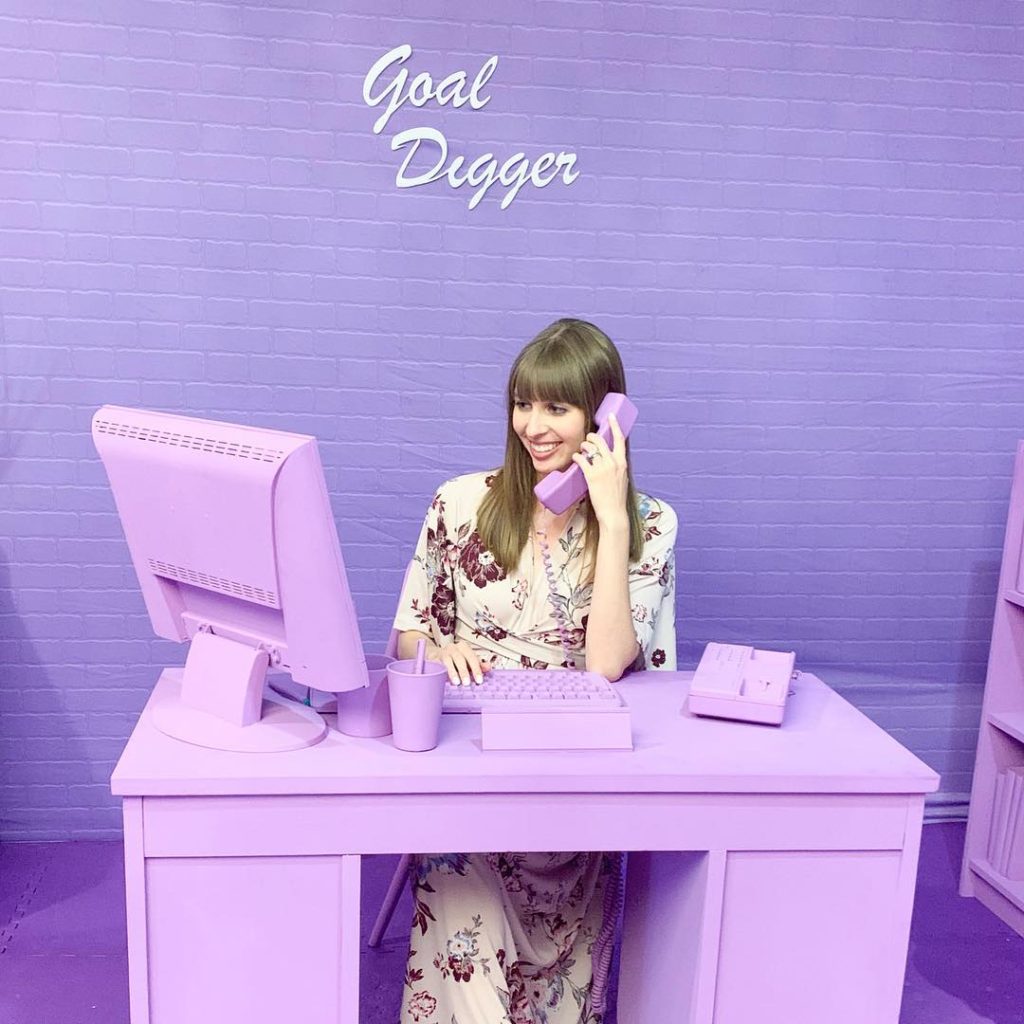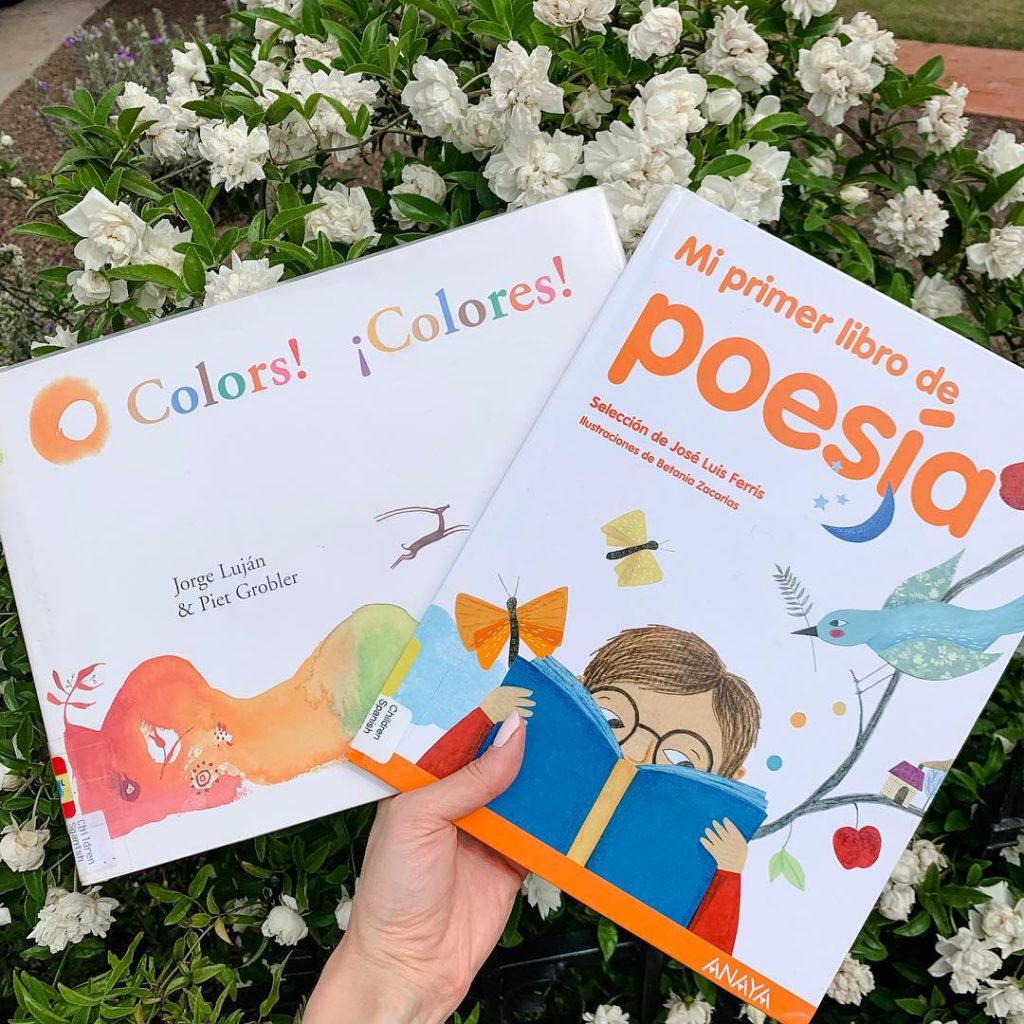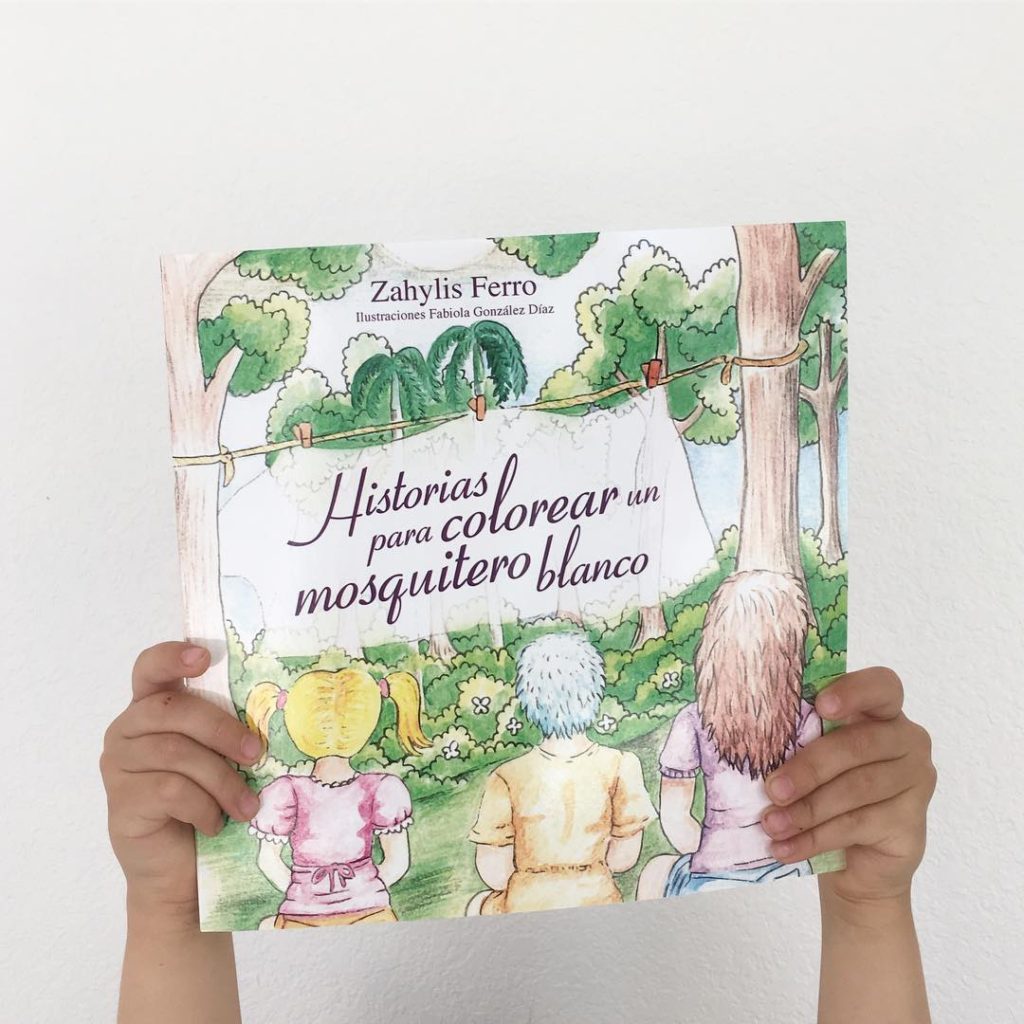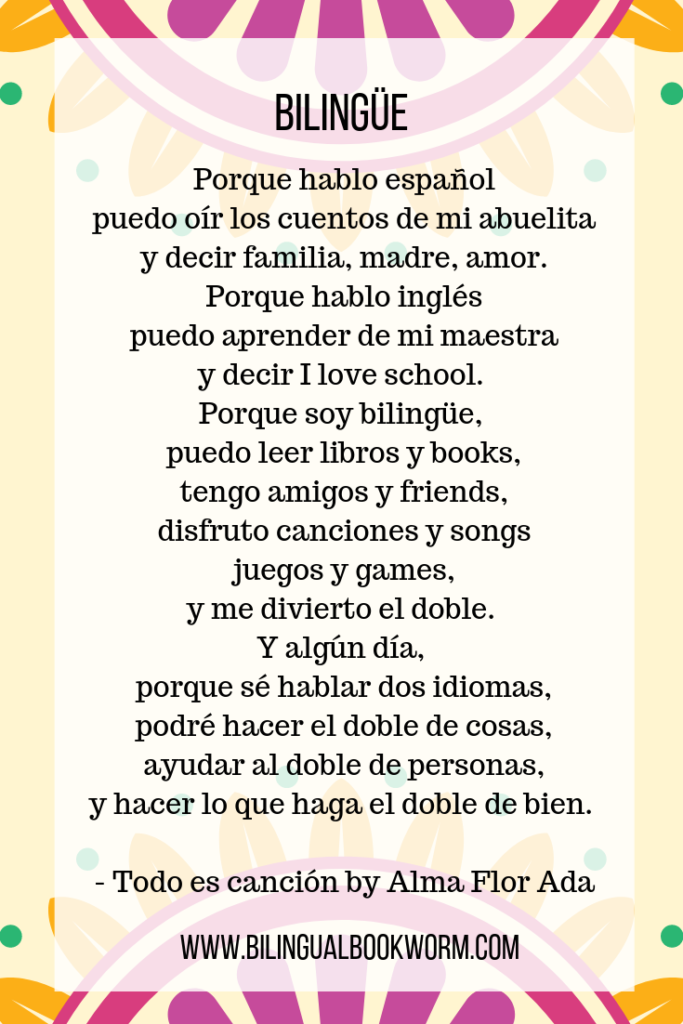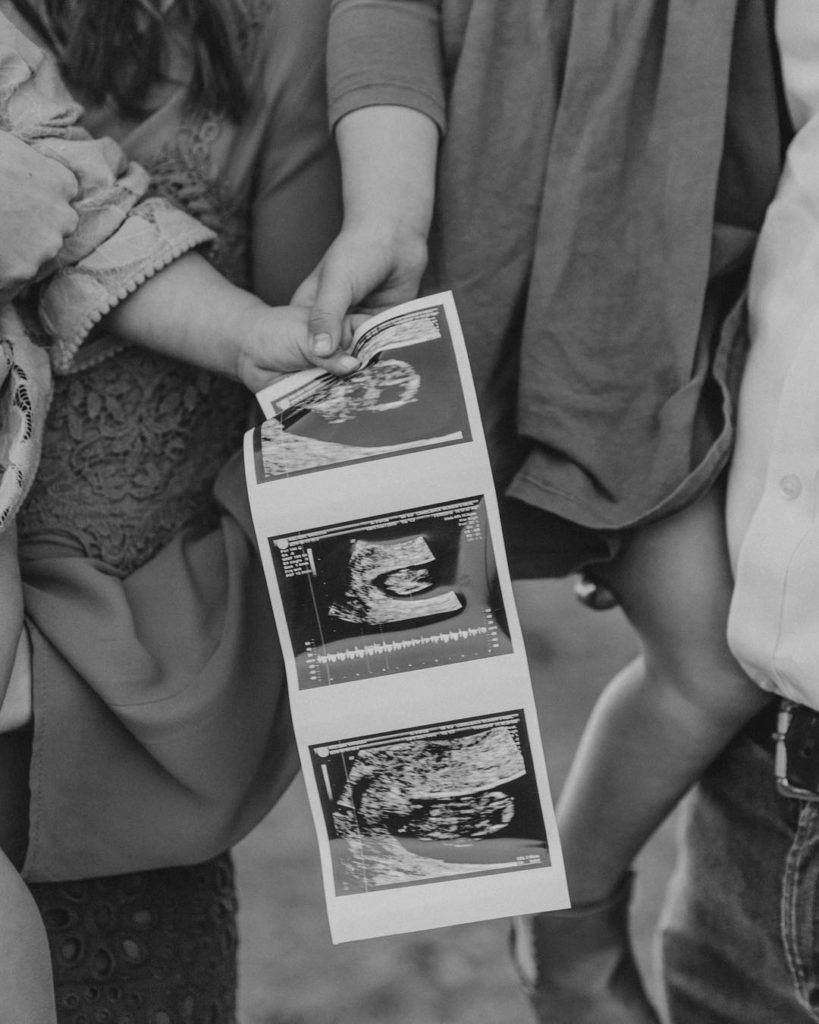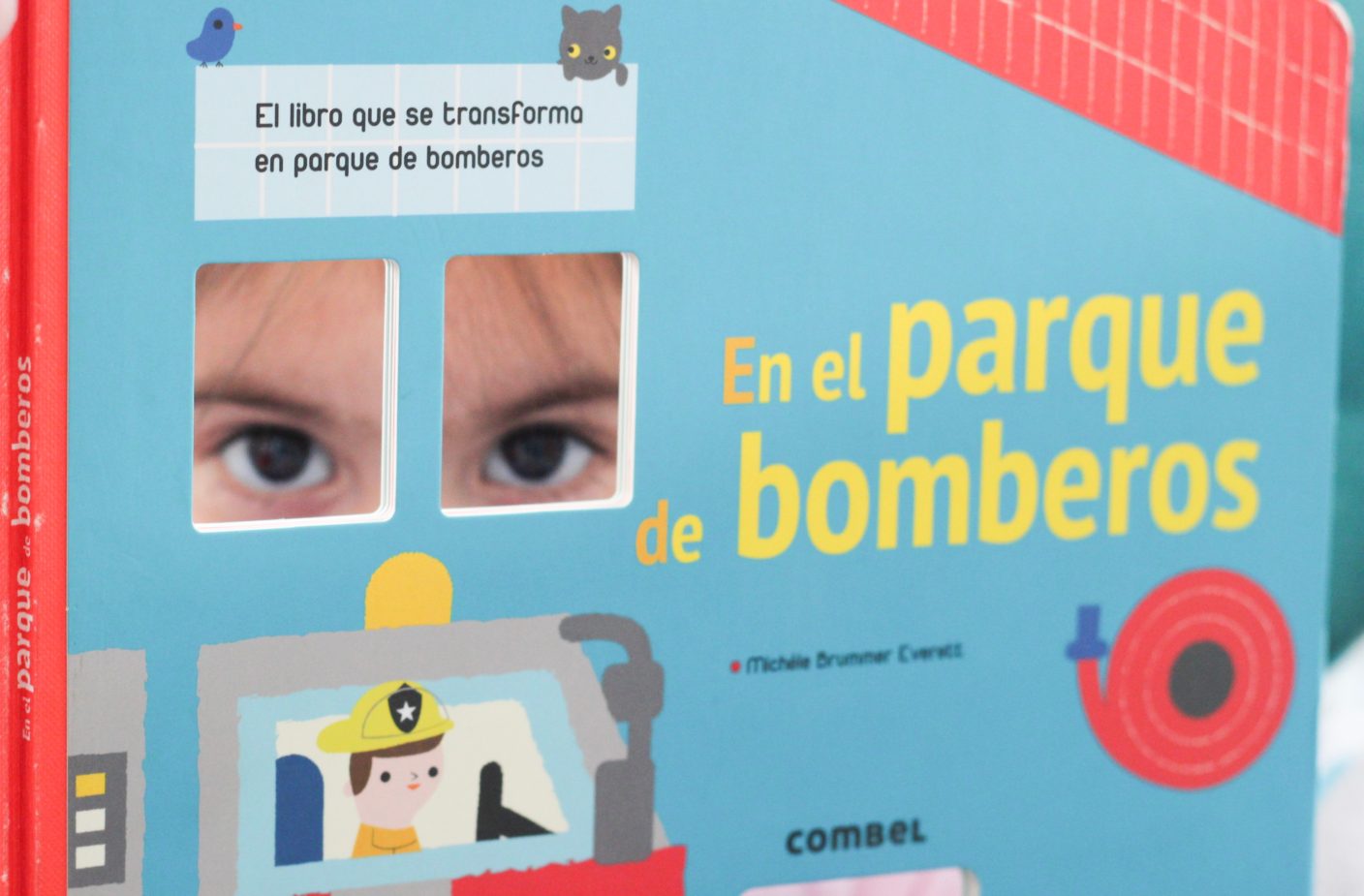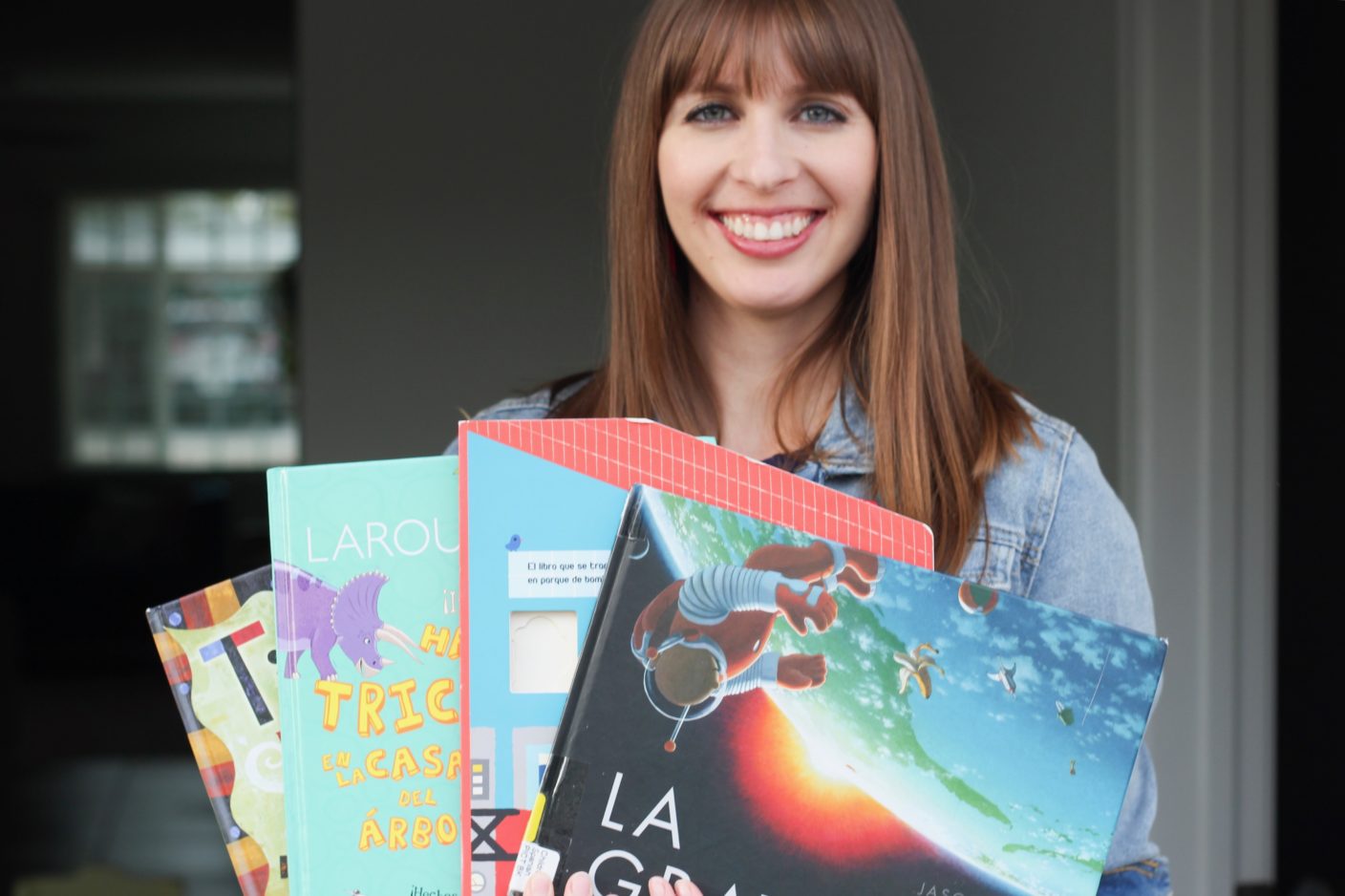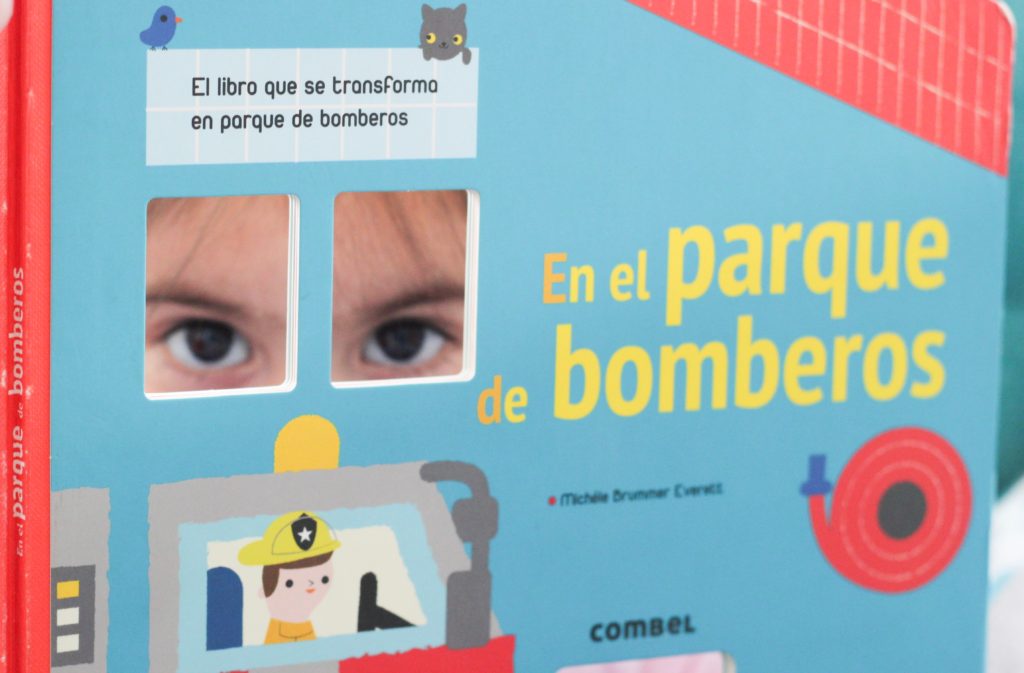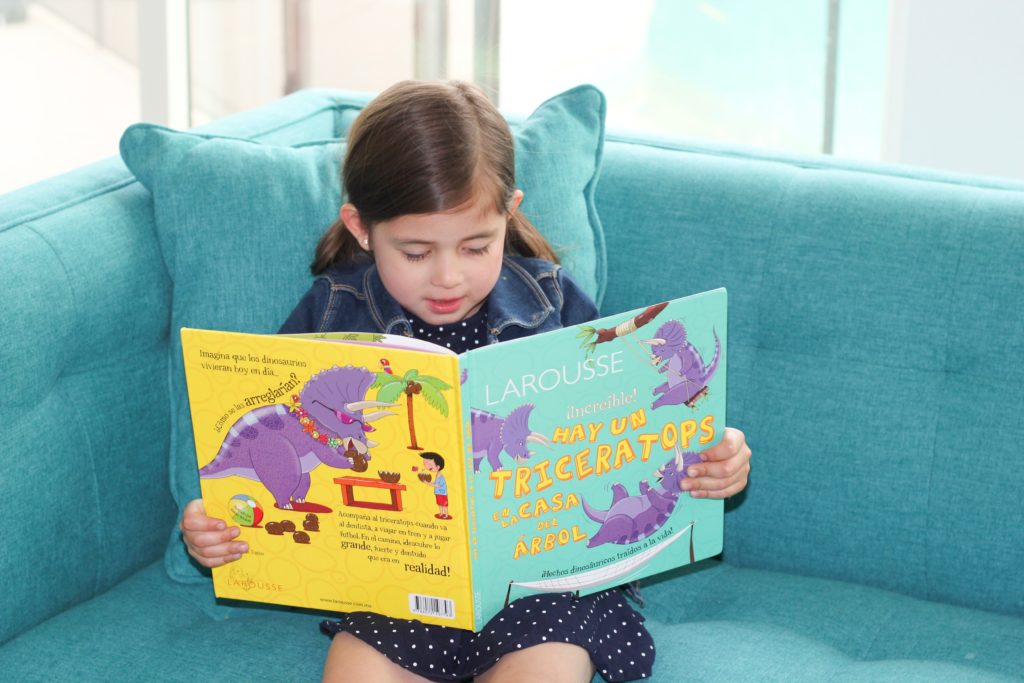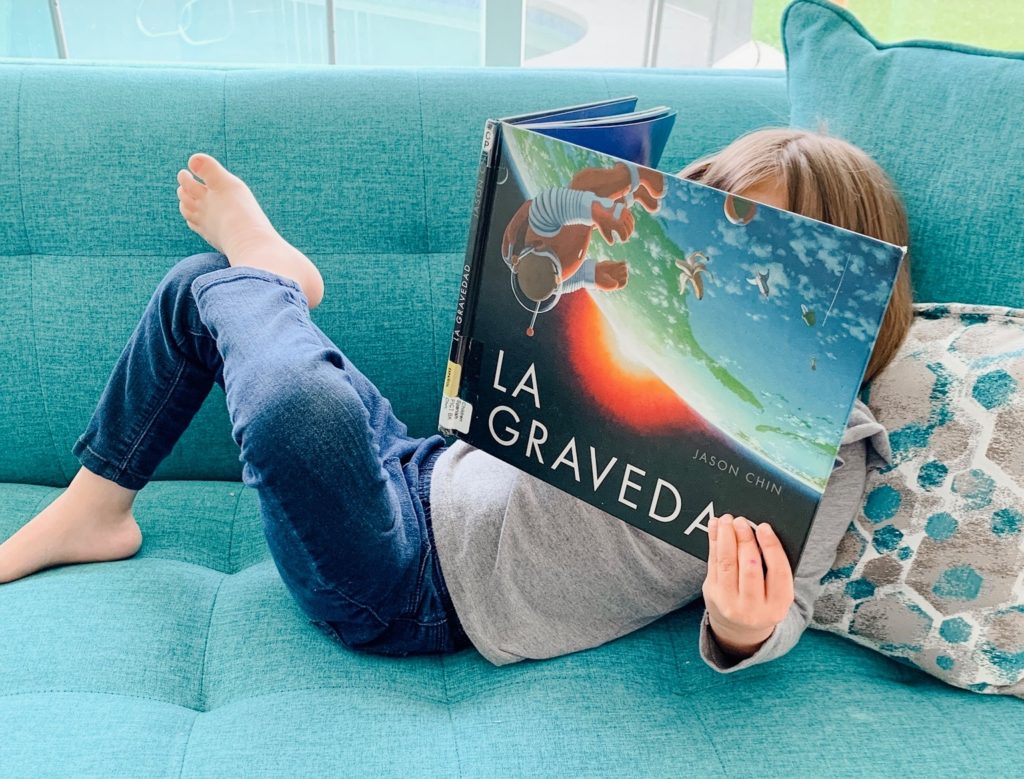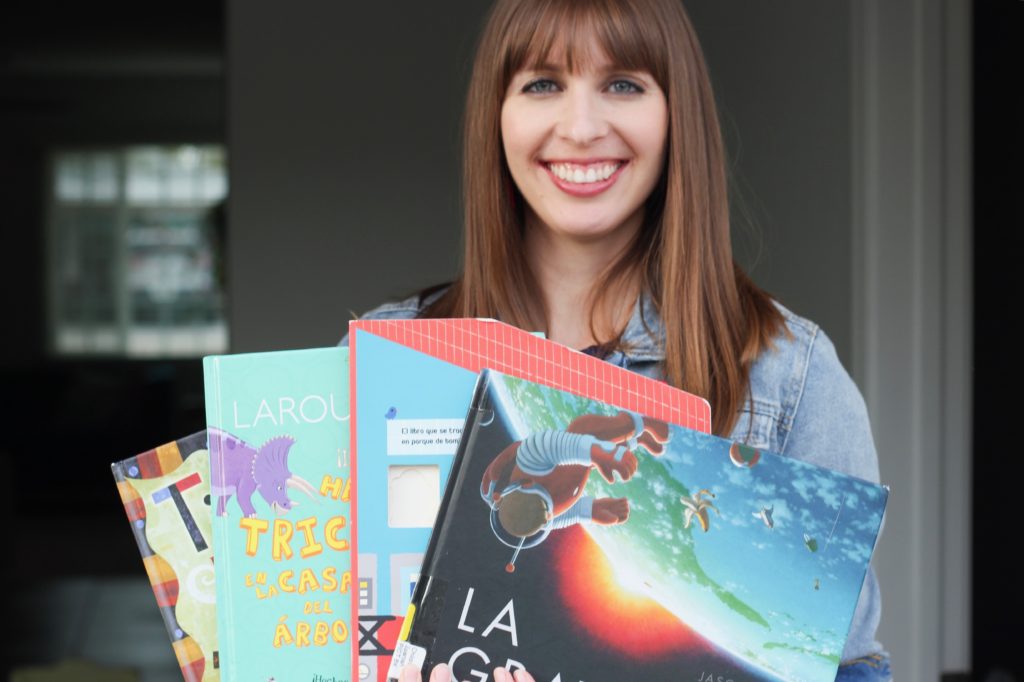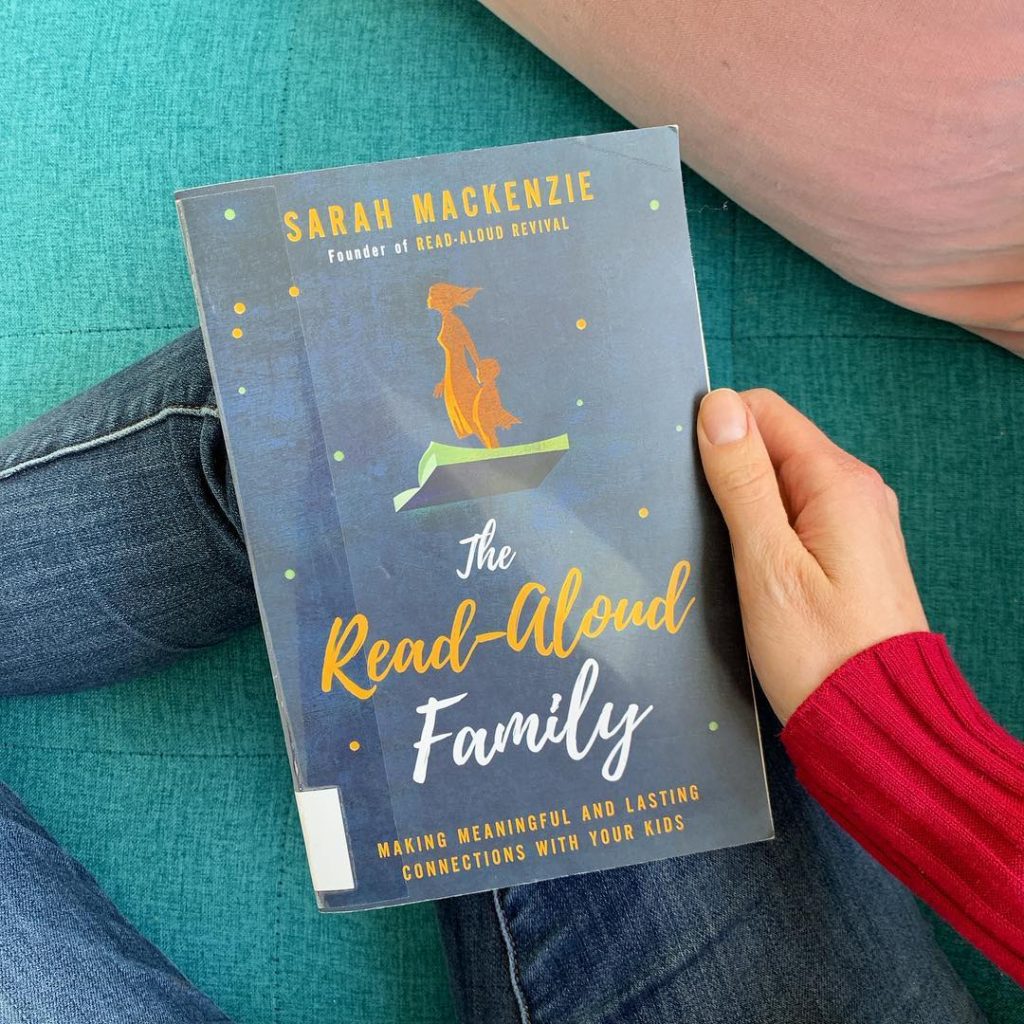My Pregnancy Favorites
I remember scouring “pregnancy favorites” lists when I was pregnant with my first baby! Now that I’m nearing the end of my third pregnancy (all the hallelujahs and praise hands up in here), I decided that the best way to commemorate my (last??) time being with child was to make my own list.

There are millions of lists like these online, but sometimes it’s just nice to hear from people you know (or e-know) and see if any of your favorites match up! Also, as I was making this list I realized some of these may be rather crunchy recommendations, and did you know I’m kind of a crunchy mom? Fun fact! 🙂
- Pregnancy pillow – The one I use and love is so old that it’s not for sale anymore, but this one
has all kinds of great reviews and it’s affordable. If I was in the market to replace my ancient one, this one is probably what I’d grab! My bump this time around is bigger than either of my other two pregnancies, which means my back pain is also worse than it’s ever been (fun!). My pillow has been keeping me sane, especially now that we’re at the bittersweet end.
- L’Occitane Organic Certified & Fair Trade Approved Pure Shea Butter
– I’m pretty sure that stretch marks are genetic (right?), but since when did that ever stop a pregnant woman on a mission to prevent them? I’ve used this shea butter every morning with each of my three pregnancies, and while I didn’t manage to escape stretch marks completely, it helps sooo much with the itching! Living in the desert, some sort of lotion/moisturizing action is necessary anyway unless you want to rock the “I’m a lizard” look, and I like that this stuff doesn’t smell like anything and doesn’t stain. And I really only got a few stretch marks so I’m going to go ahead and say that without this, I would have a lot more.
- Sunstone Women’s/Pregnancy Tea – ***All the disclaimers that I’m not a health professional nor am I any sort of pregnancy veteran, so you should definitely check with your doc, etc.*** This tea was recommended to me by a friend in my first pregnancy. She knew I was going for an unmedicated birth and her midwife had her drink this tea sooo I drank it, too. I’m sure that again, genetics have a lot to do with this but both of my previous labors have been really short and uncomplicated (and unmedicated), which I attribute partly to my faithful guzzling! I used to add honey or agave to sweeten it a little, but now I just chug it, I guess the taste grew on me? 🙂 Typing this makes me feel guilty that I haven’t been drinking it as much this time around so BRB, going to make myself a cup.
- Slim and Toned Prenatal Barre Workout – I’m a firm believer that the more active I am, the better I feel, even (especially?) during pregnancy. I’m not a gym-goer during this season of life because I feel like by the time I get all the kids and myself out the door and do a workout it’s like, my whole morning is gone. So I really love at-home workouts that I can do quickly in the morning before we start our day. This one has been a fav, mainly because it burns but each segment is only 20 minutes long, which seems doable both at the barfy beginning of pregnancy and at the end of pregnancy when you’re feeling especially elephanty and don’t want to move. You also could do more than one segment at a time but… I basically never do.
- Hypnobirthing – Last but not least! I know this won’t be for everyone, but if you’re even slightly interested in alternative ways to combat fear and pain during labor, I’ve loved both of my Hypnobirth labors. Even if you choose to go with an epidural, I feel like the visualization, deep-breathing and other massage/labor comfort measures you learn could help anyone have a more pleasant birth. And fair warning that if you ever ask me about Hypnobirthing in person I’ll probably talk your ear off about how awesome and helpful it’s been for us! Highly recommended.
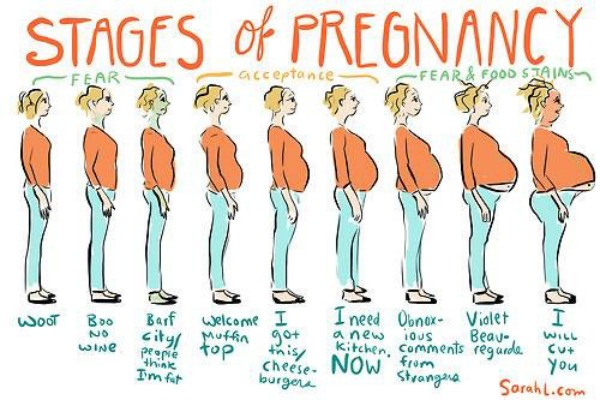
This oldie always makes me laugh! I’m currently at the third from the right and I don’t think I’ve ever gotten to the last one, but I still have plentyyyy of days left I suppose.
Tell me, am I missing any of your pregnancy favorites? I still have a whole 4 weeks of pregnancy (at least… my babies tend to come late) so enlighten me with any third trimester lifesavers, pretty please.


